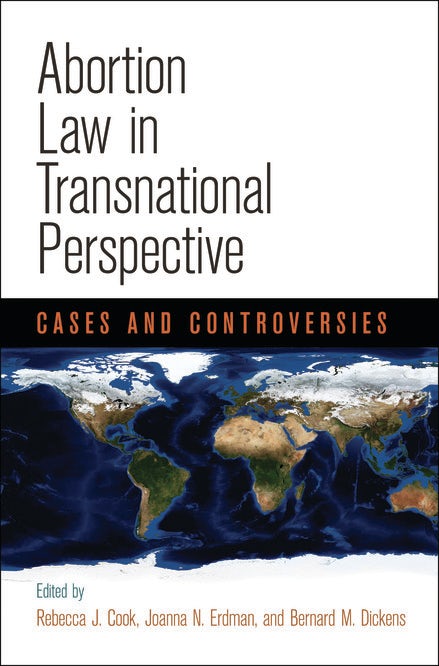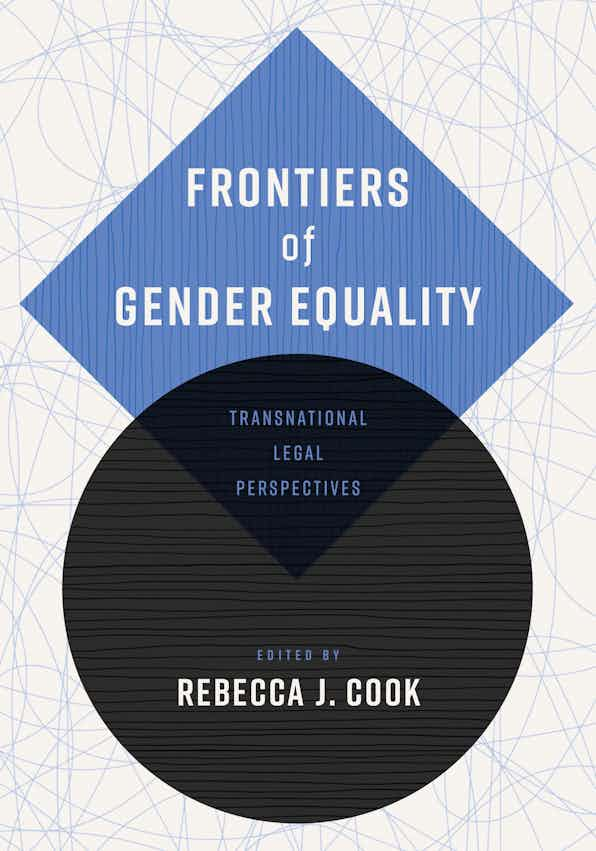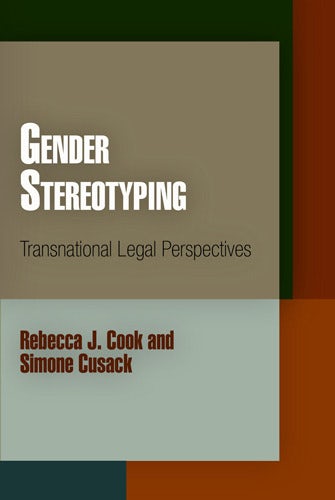Congratulations to the authors of the following article published in the Ethical and Legal Issues section of IJGO edited by Rebecca Cook and Bernard Dickens. Christina Zampas advocates for women’s rights in Eastern Europe. Adriana Lamačkova, a graduate of our International Reproductive and Sexual Health Law Programme at the University of Toronto’s Faculty of Law, now works with the Center for Reproductive Rights. We thank FIGO for granting permission to put these articles online.
FORCED AND COERCED STERILIZATION OF WOMEN IN EUROPE
by Christina Zampas and Adriana Lamačkova
International Journal of Gynecology & Obstetrics, Vol. 114, pp. 163-166, 2011
Abstract:
Human rights provisions in laws set by international treaties and national legislatures make individuals’ informed and freely given consent a precondition to the legality of their sterilization. Nevertheless, evidence shows that sterilizations have been undertaken by forceful means or coerced acceptance, to which women do not genuinely consent. The women are often members of ethnic minorities in their countries, such as Roma women, or adolescent or disabled women. Some European governments have acknowledged their responsibility for human rights abuses by forced and coerced sterilization of vulnerable women, and committees established by international human rights treaties to monitor states’ compliance with their standards are increasingly vigilant to expose and condemn wrongful sterilization. For instance, the committee monitoring compliance with the Convention on the Elimination of All Forms of Discrimination against Women and the Council of Europe’s Commissioner for Human Rights provide guidance for the prevention of violations.
The full text is online here.
Other articles from this Ethical and Legal Issues series are online here.




